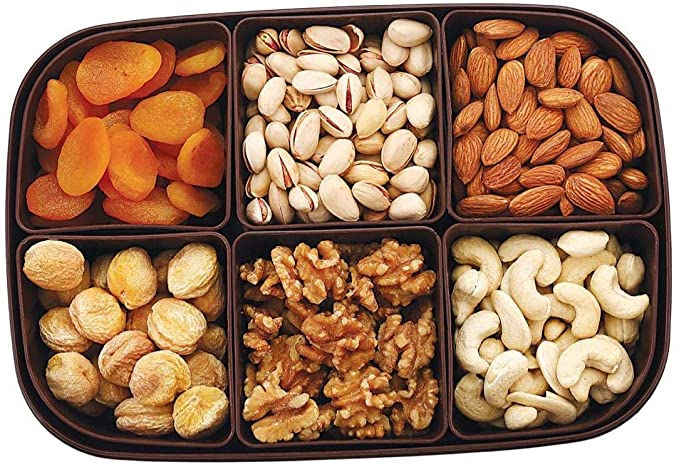Pulses: The Perfect Food, Healthy to Eat, Healthy to Grow
- arshiaalko
- Nov 3, 2020
- 2 min read
Updated: Jan 19, 2023
Pulses, which include chickpeas/garbanzo beans, dry peas and lentils, are increasingly being recognized for their role in promoting good health. Researchers have reported that regular consumption of pulses (pulses in hindi) may reduce the risk of heart disease, diabetes and certain types of cancer. Pulses are a versatile, easy-to-prepare ingredient that can be used in entrees, salads, breads and desserts.

Role of Pulses in a Healthful Diet
Pulses are a type of legume (seeds that grow within pods). Pulses include chickpeas (also known as garbanzo beans), lentils and dry peas. Pulses provide protein, dietary fiber, and many vitamins and minerals. They also contain “phytochemicals” (plant chemicals), which may reduce the risk of certain types of cancer and other diseases. As a result of their nutritional properties, the 2010 U.S. Dietary Guidelines for Americans recommends more frequent consumption of lentils, dry peas and beans.
The Dietary Guidelines are depicted on the website, where you can print a daily food guide. The amount of food you need from each food group varies depending on your age, gender and physical activity. Pulses can count either toward the “Vegetable Group” recommendation or toward the “Protein Foods Group” recommendation. Nutrition experts recommend 1.5 cups of beans, peas or lentils per week as part of a 2,000 calorie diet.
The recommendations for the Vegetable Group are in cups. On average, an adult needs about 2.5 to 3 cups of vegetables per day.
• 1 cup of whole or mashed cooked peas or lentils = 1 cup of vegetables.
The recommendations for the Protein Foods Group are in ounce equivalents. On average, an adult needs 5 to 6.5 ounce equivalents from the Protein Foods Group daily.
• ¼ cup of cooked chickpeas, lentils or split peas = 1 ounce equivalent • 1 cup of split pea soup = 2 ounce equivalents • 1 cup of lentil soup = 2 ounce equivalents
Use of Pulses in Special Diets
As a result of their nutrient content and other properties, pulses can play a role in several special diets:
• Gluten-free diet: If a person with celiac disease consumes gluten (a protein found in wheat and some other cereal grains), an immune reaction is triggered in the small intestine, which can cause damage and poor absorption of nutrients. Pulses contain no gluten; therefore, people with celiac disease can use chickpeas, lentils or peas as an ingredient in recipes.
• Diabetic diet: For people with diabetes, consuming lentils, peas and beans may help with blood glucose management. Compared with some other carbohydrate sources, pulses have a lower glycemic index. Some studies have shown that consuming pulses may result in more stable blood glucose levels after meals.
• Vegetarian diet: Pulses are good sources of protein, vitamins and minerals (especially iron and zinc), which makes them an excellent food choice for vegetarians. They contain eight essential amino acids. Consuming lentils with rice provides the full complement of amino acids needed for growth.
• Weight management diet: Although more studies are needed, consuming pulses may help with weight management. For people trying to lose weight, pulses are high in fiber and protein, low in fat and moderate in calories. One cup of cooked lentils or dry peas contains about half of the daily fiber recommendation for adults. Foods higher in fiber content usually help people feel “full” or satiated at mealtime.



Comentários